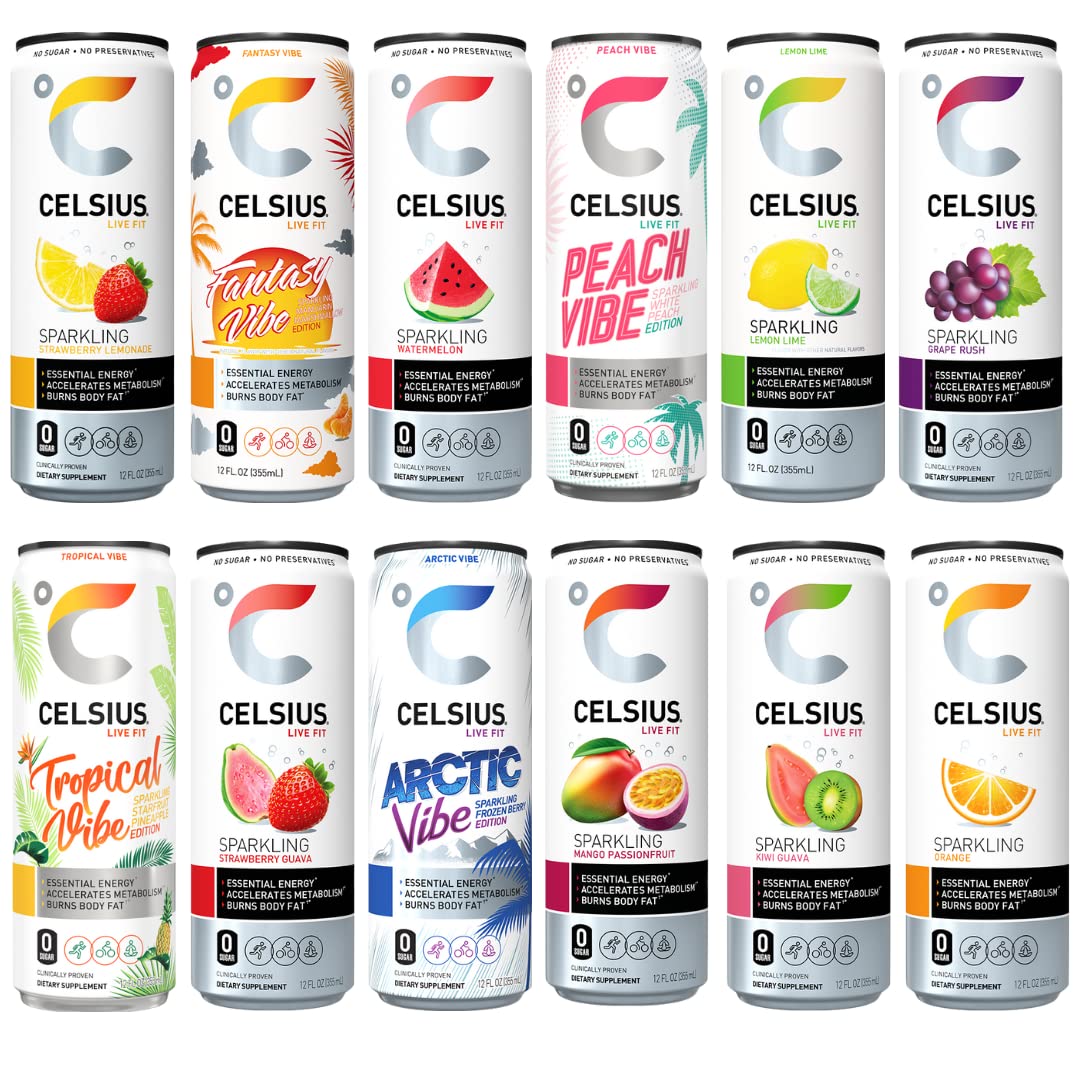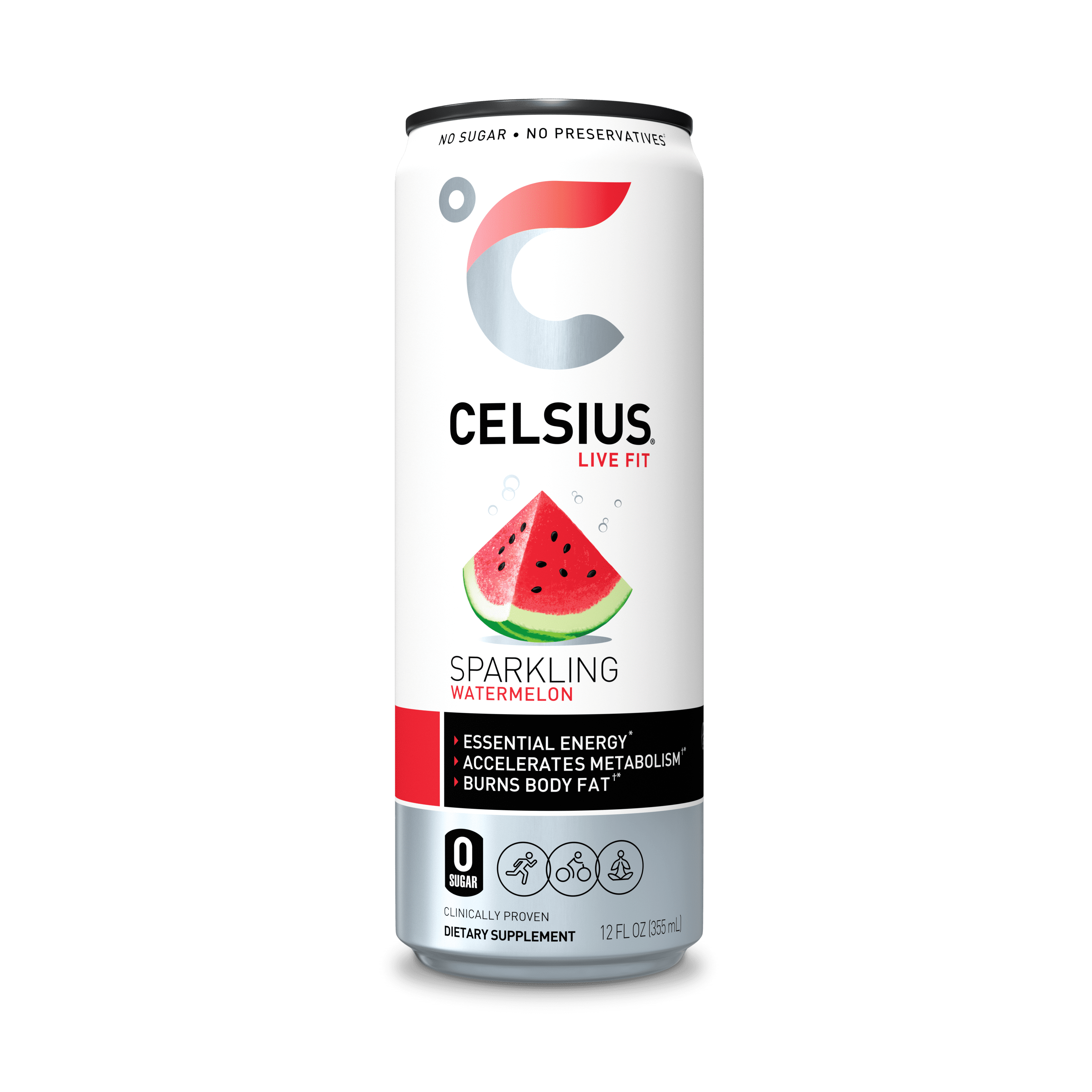Who Invented Celsius? Here's The Answer
Who Defined The Celsius Scale?
The Celsius scale is a temperature scale named after the Swedish astronomer Anders Celsius, who developed it in 1742. Celsius is a metric scale, with water freezing at 0 degrees Celsius and boiling at 100 degrees Celsius. It is the most widely used temperature scale in the world, except for the United States, which uses the Fahrenheit scale.
Anders Celsius was born in Uppsala, Sweden, in 1701. He was a professor of astronomy at Uppsala University, and he made significant contributions to the field of astronomy. Celsius is best known for developing the Celsius temperature scale, which he originally called the "centigrade" scale. He died in Uppsala in 1744, at the age of 42.
- Kevin Costner Whitney Houston Relationship
- Vin Diesel Gal Gadot
- Trn H Linh L Link
- May 17th Zodiac
- Jay Z Cant Knock Topic
The Celsius scale is a decimal scale, which makes it easy to use for scientific purposes. It is also a very accurate scale, and it is used in a wide variety of applications, including meteorology, chemistry, and medicine.
The Celsius scale is an important tool for scientists and engineers, and it is also used in everyday life. It is a reliable and accurate way to measure temperature, and it is the most widely used temperature scale in the world.
Who Makes Celsius?
The Celsius scale is a temperature scale named after the Swedish astronomer Anders Celsius, who developed it in 1742. It is a metric scale, with water freezing at 0 degrees Celsius and boiling at 100 degrees Celsius. It is the most widely used temperature scale in the world, except for the United States, which uses the Fahrenheit scale.
- Zach And Jeremy Roloff Feud
- February 2 Zodiac
- Jake Gyllenhaal Height In Feet
- Connor Mccaffey
- Rhea Ripley Controversy
- Anders Celsius: The Swedish astronomer who developed the Celsius scale.
- 1742: The year in which Celsius developed the scale.
- Metric scale: A scale based on the decimal system.
- 0 degrees Celsius: The freezing point of water.
- 100 degrees Celsius: The boiling point of water.
- Most widely used temperature scale: The Celsius scale is used in most countries around the world.
The Celsius scale is a simple and easy-to-use temperature scale. It is also a very accurate scale, which makes it ideal for scientific purposes. The Celsius scale is used in a wide variety of applications, including meteorology, chemistry, and medicine.
1. Anders Celsius
Anders Celsius was a Swedish astronomer who developed the Celsius temperature scale in 1742. The Celsius scale is a metric scale, with water freezing at 0 degrees Celsius and boiling at 100 degrees Celsius. It is the most widely used temperature scale in the world, except for the United States, which uses the Fahrenheit scale.
- Facet 1: Celsius's Contributions to Astronomy
Celsius was a renowned astronomer who made significant contributions to the field. He was one of the first astronomers to use a telescope to observe the aurora borealis, and he also developed a method for measuring the distance to stars. His work helped to lay the foundation for modern astronomy.
- Facet 2: The Development of the Celsius Scale
Celsius developed the Celsius scale as a more accurate and reliable way to measure temperature than the existing scales of the time. His scale was based on the freezing and boiling points of water, which are two easily reproducible reference points. The Celsius scale is still used today as the standard temperature scale in most countries around the world.
- Facet 3: The Impact of the Celsius Scale
The Celsius scale has had a profound impact on science and everyday life. It is used in a wide variety of applications, including meteorology, chemistry, and medicine. The Celsius scale is also used to calibrate ovens, thermometers, and other temperature-measuring devices.
- Facet 4: Celsius's Legacy
Celsius died in 1744 at the age of 42, but his legacy lives on through the Celsius temperature scale. The scale is a testament to his scientific genius and his commitment to developing accurate and reliable measuring tools.
Anders Celsius was a brilliant astronomer who made significant contributions to the field of science. His development of the Celsius temperature scale is a lasting legacy that continues to be used by scientists and everyday people around the world.
2. 1742
The year 1742 marks a significant milestone in the history of temperature measurement, as it was the year in which Anders Celsius developed the Celsius temperature scale. Celsius's scale, which is based on the freezing and boiling points of water, quickly gained widespread acceptance due to its simplicity, accuracy, and ease of use. Today, the Celsius scale is the most widely used temperature scale in the world, except for the United States, which uses the Fahrenheit scale.
- Standardization and Scientific Progress
The development of the Celsius scale provided a standardized and accurate method for measuring temperature, which was essential for scientific progress. Prior to Celsius's scale, there were numerous different temperature scales in use, which made it difficult to compare results between different experiments and researchers. Celsius's scale provided a common reference point, enabling scientists to collaborate more effectively and build upon each other's work.
- Impact on Everyday Life
The Celsius scale has also had a profound impact on everyday life. It is used in a wide variety of applications, including cooking, meteorology, and medicine. The Celsius scale is also used to calibrate ovens, thermometers, and other temperature-measuring devices. By providing a common and easy-to-understand way to measure temperature, the Celsius scale has made it easier for people to stay safe and comfortable in their everyday lives.
- Legacy of Anders Celsius
Anders Celsius's development of the Celsius temperature scale is a testament to his scientific genius and his commitment to developing accurate and reliable measuring tools. The Celsius scale is a lasting legacy that continues to be used by scientists and everyday people around the world.
In conclusion, the year 1742 is significant in the context of "who makes Celsius" because it marks the development of the Celsius temperature scale by Anders Celsius. The Celsius scale is a standardized and accurate method for measuring temperature, which has had a profound impact on scientific progress and everyday life. Celsius's development of the scale is a testament to his scientific genius and his commitment to developing accurate and reliable measuring tools.
3. Metric scale
The Celsius temperature scale is a metric scale, which means that it is based on the decimal system. This makes it easy to convert between different units of temperature, such as degrees Celsius and degrees Fahrenheit. The decimal system is also used in many other scientific measurements, such as the metric system for measuring length, mass, and volume.
- Facet 1: Advantages of the Decimal System
The decimal system is a very convenient and efficient way to measure temperature. It is easy to understand and use, and it can be applied to a wide range of different measurements. The decimal system also makes it easy to convert between different units of temperature, such as degrees Celsius and degrees Fahrenheit.
- Facet 2: The Metric System and the Celsius Scale
The Celsius temperature scale is part of the metric system, which is a system of measurement that is based on the decimal system. The metric system is used in many countries around the world, and it is the preferred system of measurement in the scientific community. The metric system is also used in many everyday applications, such as cooking, meteorology, and medicine.
- Facet 3: The Celsius Scale and Scientific Research
The Celsius temperature scale is widely used in scientific research. It is a very accurate and precise scale, and it is easy to use and understand. The Celsius scale is also used in many different fields of science, such as chemistry, physics, and biology.
- Facet 4: The Celsius Scale and Everyday Life
The Celsius temperature scale is also used in everyday life. It is used to measure the temperature of food, water, and air. The Celsius scale is also used in many different appliances, such as ovens, refrigerators, and air conditioners.
In conclusion, the Celsius temperature scale is a metric scale that is based on the decimal system. This makes it easy to use and understand, and it is also a very accurate and precise scale. The Celsius scale is used in a wide range of applications, including scientific research and everyday life.
4. 0 degrees Celsius
The freezing point of water is an important reference point for the Celsius temperature scale. It is the point at which water changes from a liquid to a solid state. This point is defined as 0 degrees Celsius. The freezing point of water is also the point at which ice melts and turns into water.
The freezing point of water is important because it is a fixed point that can be used to calibrate thermometers. It is also used as a reference point for other temperature scales, such as the Fahrenheit scale. The freezing point of water is also important in many scientific and industrial processes.
For example, the freezing point of water is used to calibrate thermometers. This is done by placing the thermometer in a mixture of ice and water, and then adjusting the thermometer until it reads 0 degrees Celsius. The freezing point of water is also used as a reference point for other temperature scales. For example, the Fahrenheit scale is defined so that the freezing point of water is 32 degrees Fahrenheit.
The freezing point of water is also important in many scientific and industrial processes. For example, the freezing point of water is used to determine the freezing point of other substances. It is also used to control the temperature of chemical reactions and industrial processes.
In conclusion, the freezing point of water is an important reference point for the Celsius temperature scale. It is also used as a reference point for other temperature scales and in many scientific and industrial processes.
5. 100 degrees Celsius
The boiling point of water is a fundamental property that plays a crucial role in the definition and understanding of the Celsius temperature scale. It serves as a fixed reference point, acting as the upper limit of the scale at which water transitions from a liquid to a gaseous state under standard atmospheric pressure. This critical point, designated as 100 degrees Celsius, is integral to the establishment and practical application of the Celsius scale.
The boiling point of water's significance extends beyond its role as a reference point. It holds practical implications in various scientific and everyday contexts. For instance, in meteorology, the boiling point of water is utilized to calibrate thermometers used for weather forecasting. In cooking, understanding the boiling point of water is essential for accurate temperature control during food preparation. Furthermore, the boiling point of water is crucial in industrial processes, such as steam generation and sterilization techniques.
The connection between "100 degrees Celsius: The boiling point of water" and "who makes Celsius" lies in the role of Anders Celsius, the Swedish astronomer who developed the Celsius temperature scale. Celsius's choice of the boiling point of water as the upper limit of his scale demonstrates his understanding of water's unique properties and its relevance to everyday life. By establishing a temperature scale based on the boiling point of water, Celsius created a practical and relatable system that could be easily adopted and applied in various fields.
In conclusion, the boiling point of water is not merely a component of the Celsius temperature scale but a defining characteristic that underscores its practicality and broad applicability. Celsius's incorporation of this fundamental property into his scale highlights his keen observation and understanding of the natural world, solidifying his legacy as the creator of one of the most widely used temperature scales globally.
6. Most widely used temperature scale
The widespread adoption of the Celsius temperature scale is intricately linked to the contributions of Anders Celsius, the Swedish astronomer who developed it in 1742. Celsius's scale gained prominence due to its simplicity, accuracy, and practicality, making it an ideal choice for scientific research and everyday applications around the globe.
The Celsius scale offers several advantages that have contributed to its global acceptance. Firstly, it is a metric scale, which aligns with the metric system widely used in scientific and technical fields. This consistency simplifies temperature measurements and conversions across different scientific disciplines and industrial sectors.
Secondly, the Celsius scale aligns with the freezing and boiling points of water, two easily reproducible and recognizable reference points. This makes it intuitive and relatable for people in various cultures and backgrounds to understand and use.
Furthermore, the Celsius scale has gained widespread acceptance due to its practicality in everyday life. It is used in weather forecasts, cooking recipes, and temperature control in homes and industries. Its familiarity and ease of use have made the Celsius scale an indispensable tool in daily routines and decision-making.
In conclusion, the connection between "Most widely used temperature scale: The Celsius scale is used in most countries around the world." and "who makes Celsius" lies in the pioneering work of Anders Celsius. His development of a simple, accurate, and practical temperature scale laid the foundation for the global adoption of the Celsius scale. The widespread use of the Celsius scale today is a testament to its versatility, practicality, and the lasting impact of Celsius's contributions to science and everyday life.
FAQs on "Who Makes Celsius"
This section addresses common questions and misconceptions about the Celsius temperature scale and its creator, Anders Celsius.
Question 1: Who developed the Celsius temperature scale?
Anders Celsius, a Swedish astronomer, developed the Celsius temperature scale in 1742.
Question 2: Why is the Celsius scale widely used?
The Celsius scale is widely used because it is a metric scale, which aligns with the metric system used in scientific and technical fields. It is also based on the freezing and boiling points of water, making it intuitive and relatable for people to understand and use.
Question 3: What is the freezing point of water on the Celsius scale?
The freezing point of water on the Celsius scale is 0 degrees Celsius (0C).
Question 4: What is the boiling point of water on the Celsius scale?
The boiling point of water on the Celsius scale is 100 degrees Celsius (100C).
Question 5: Is the Celsius scale used in all countries?
While the Celsius scale is the most widely used temperature scale globally, the United States, Belize, and the Cayman Islands primarily use the Fahrenheit scale.
Summary: Anders Celsius developed the Celsius temperature scale in 1742, which is a metric scale based on the freezing and boiling points of water. Its simplicity, accuracy, and practicality have led to its widespread adoption around the world, except for a few countries that use the Fahrenheit scale.
Transition to the next article section: To further explore the Celsius temperature scale and its applications, the next section will delve into its significance in various scientific fields and everyday life.
Conclusion
The exploration of "who makes Celsius" has unveiled the remarkable contributions of Anders Celsius, the Swedish astronomer who developed the Celsius temperature scale in 1742. Celsius's scale, based on the freezing and boiling points of water, has become the most widely used temperature scale globally due to its simplicity, accuracy, and alignment with the metric system.
The Celsius scale's significance extends beyond its scientific applications. It has become an essential tool in everyday life, used in weather forecasts, cooking, temperature control in homes and industries, and various other practical contexts. Its widespread adoption is a testament to the enduring legacy of Anders Celsius and the enduring value of his invention.
As we continue to explore the world of temperature measurement, the Celsius scale will undoubtedly remain a cornerstone, facilitating scientific advancements and enabling us to better understand and interact with our environment. Whether in the laboratory or the kitchen, the Celsius scale stands as a tribute to the ingenuity and dedication of its creator, Anders Celsius.
- Jay Z Cant Knock Topic
- Wade Wilson Crime Scene Photos
- Did Tom Holland Propose
- Lucy Watson Age
- Elon Musk Father Net Worth

Celsius Energy Drink Banned by NCAA for Containing Illegal Substances

CELSIUS Essential Energy Drink 12 Fl Oz, Sparkling Watermelon (Single

Celsius Energy Drink Beastly Energy